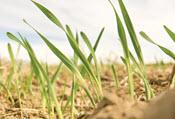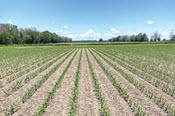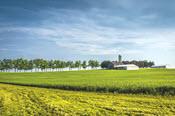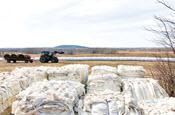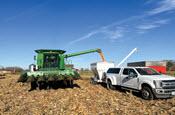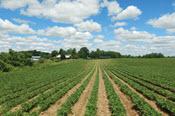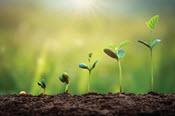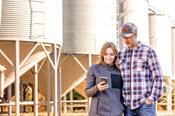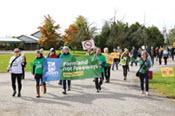Making the Most of Your 2023 Winter Wheat Crop
Strategizing to manage yields to their fullest potential.
By Emily Croft
After a long and warm fall, OMAFRA predicts that there has been a 30 per cent increase in the number of winter wheat acres planted in Ontario in the fall of 2022, compared to the previous fall. With both wheat and input prices high, what can you do this spring to get the most out of your 2023 winter wheat crop at harvest?




